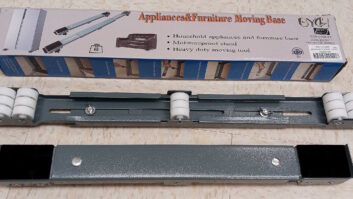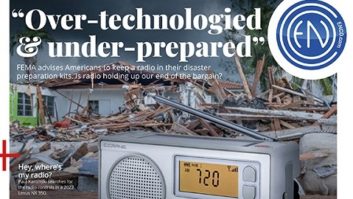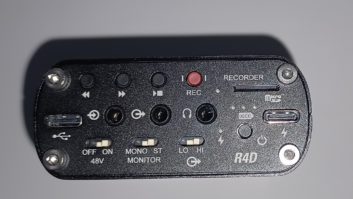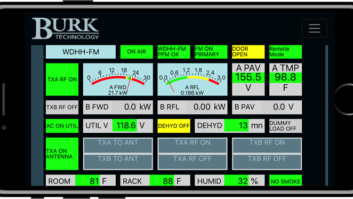Art Reis, K9XI and principal of Chicago’s Radio Art Enterprises, offers a tip that, while simple, can save you a lot of aggravation. The best part: You only need a pair of tweezers, a rubber band and maybe a tube of silicone sealant.
With the advent of 5G afflicting our C-Band satellite receivers, a lot of engineers have found themselves climbing ladders to get to their satellite LNBs, to add filters or change them out for new models with built-in 5G filters.
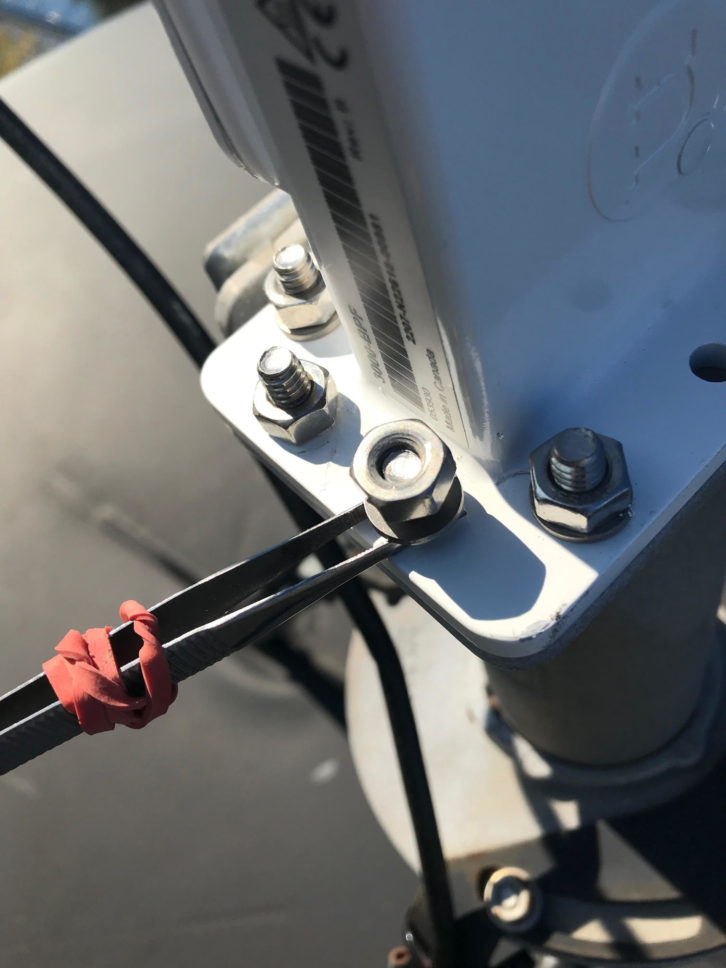
But it’s a real pain to remove and replace the hardware attaching an LNB to a feed horn. The hardware has a bad habit of falling out and, more often than not, getting lost in the grass or weeds below the dish.
Years ago, a tower rigger taught me to install vertically mounted bolts with the nut on top. In other words, don’t drop the bolt through the hole. Pass it up from the bottom. This way, if the nut came loose and fell off, the bolt would fall out, making it easier to see that a bolt is missing.
This is a great idea, except that juggling the device you are securing and holding that bolt until the nut gets started can be difficult. This is especially true for satellite dish LNBs. Here’s where Art’s tip comes in handy. (In Art’s situation, the LNB was being changed out.)
Wrap the rubber band around the tweezers enough times to hold the tweezers closed. As you remove the nut, open up the tweezers and clamp them around the bolt below the lock washer before you remove the nut, as shown in the first image.
The tweezers prevent the bolt from falling out after the nut is removed from the LNB feed horn, as seen in the second image.
The rubber band provides enough force to hold the bolt in place but not deform the bolt threads as vise grips might.
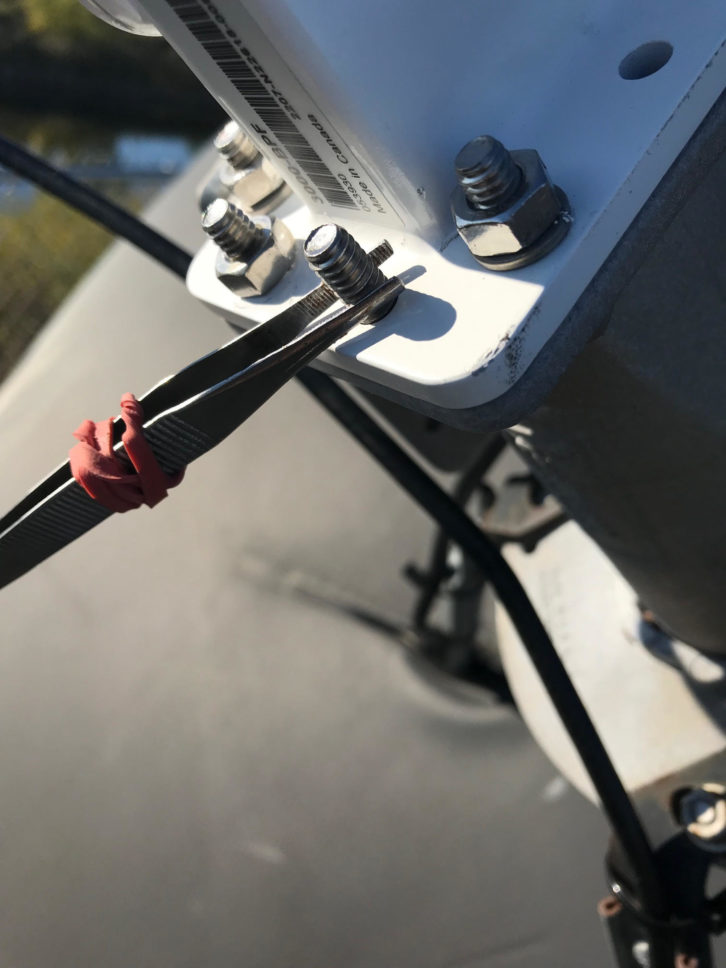
This technique also lets you use two hands or a pair of needle-nose pliers to place the lock washer and nut back on the bolt before tightening.
Art cautions us to hand-tighten the hardware until all the mounting bolts are in place.
So what’s the sealant for? The square rubber gasket between the LNB and the feed horn is held in place with a little of the sealant, and that gasket must be used to ensure a water-tight connection.
Alternatively, if you have one of those little packets of silicone grease that come with coaxial RF connector kits, smear that grease around the groove in which the gasket is seated. Then add the gasket and the LNB to the feedhorn.
The idea is to not lose that gasket and also make sure it is seated properly as you mate the two surfaces.
If there is no gasket, or it gets lost or destroyed, a bead of sealant placed in the groove between the LNB and the feed horn will suffice, though it’s not as attractive a solution because it may ooze out as you tighten the bolts. Still, the sealant will provide a waterproof seal.
[Read Another Workbench by John Bisset]
Wart removal
San Francisco veteran broadcast engineer Bill Ruck writes that he too belongs to the “I Hate Wall-Warts Club.”
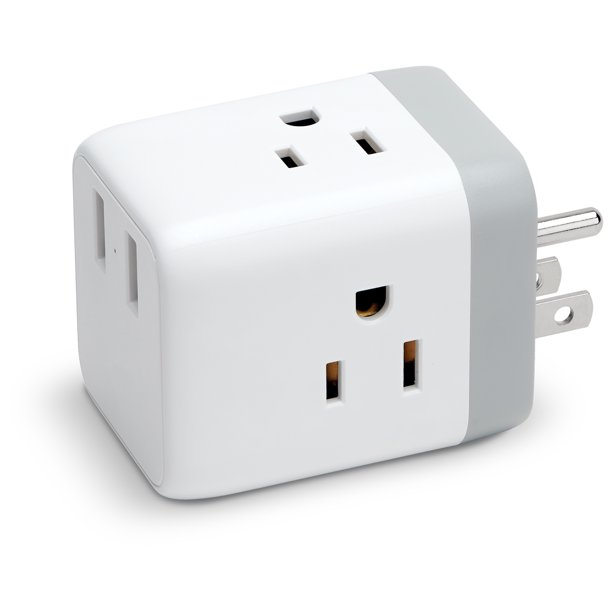
In the Sept. 14 column, we suggested using a three-prong to two-prong AC adaptor to prevent wall-warts from occupying more than one AC outlet. Bill says that an iLive AC Cube is another possible solution; however, both of these solutions are unwieldly. The wall-wart might fall or be knocked out of the adaptor socket.
Bill suggests the Jameco #2081801 as another alternative. This is a 1-foot extension cord that won’t take up two AC receptacles on a power strip, and they cost less than $3 each. Bill keeps several in his van, “just in case.”
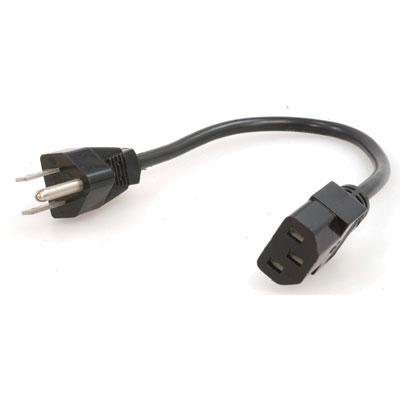
Send your tips for Workbench to [email protected].






